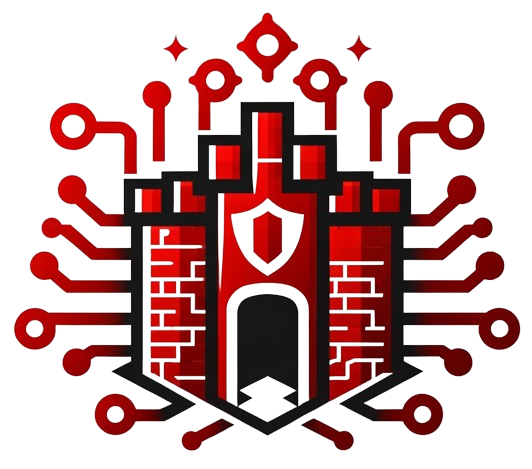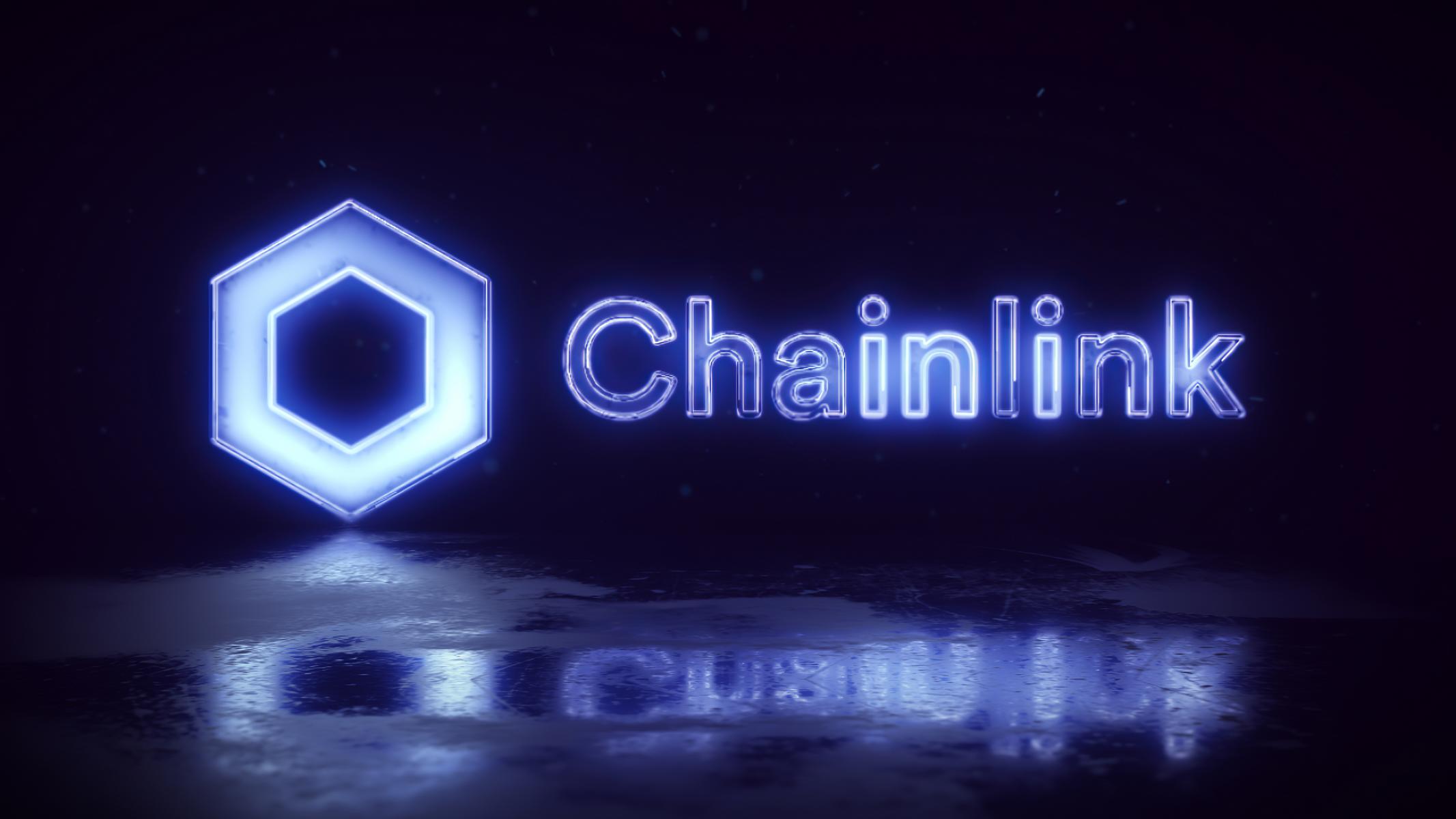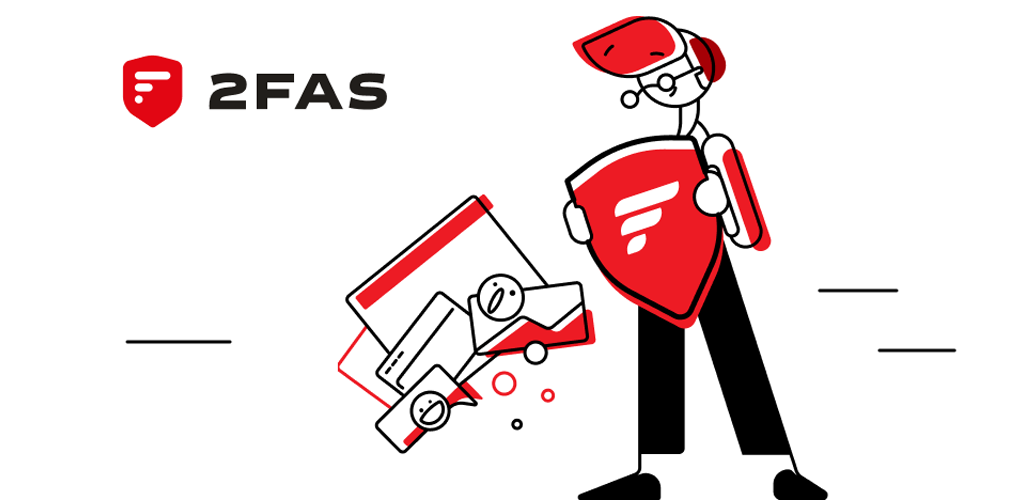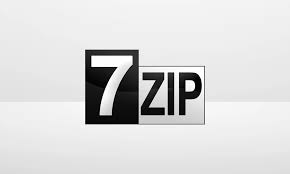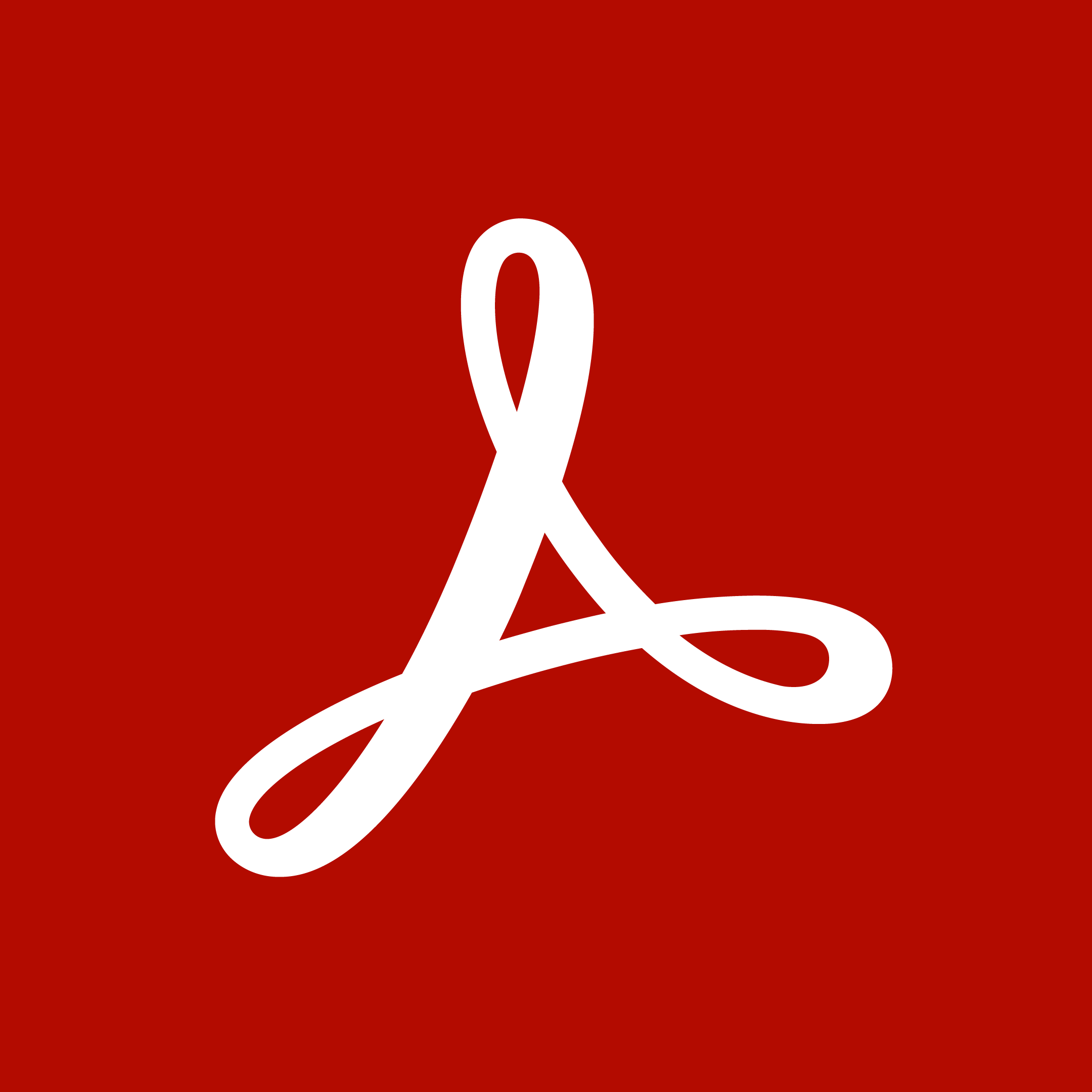Chainlink: Decentralized Oracles Bridging Blockchains and Real-World Data
1. What Is It?
Chainlink is a decentralized oracle network that securely connects blockchains with real-world data, events, and payment methods. Smart contracts on blockchains like Ethereum typically can’t access external information on their own—Chainlink addresses this by acting as a bridge, retrieving off-chain data (like market prices, weather info, or random numbers) and delivering it on-chain via independent nodes.
Which Problem Does It Solve? Blockchains excel at trustless execution but lack native ways to pull real-time info (e.g., an ETH/USD price feed). Chainlink’s decentralized network of oracles provides secure, reliable data feeds that prevent single points of failure or manipulation—echoing MyDigitalFortress ideals of trust minimization and transparency.
2. Technical Foundations
Decentralized Oracle Network
Chainlink is built around a network of independent node operators that gather off-chain data (like price feeds or IoT sensor readings) and deliver it to on-chain smart contracts via decentralized oracle architecture . By using multiple nodes and data sources, Chainlink aims to reduce single-point vulnerabilities or manipulation by any single oracle operator.
Off-Chain Aggregation & On-Chain Consumption
Typically, multiple Chainlink oracles fetch data from various APIs or sources. These nodes then aggregate the data off-chain (using reference contracts ), creating a singular, reliable feed. This feed is published on-chain, where it’s accessible to smart contracts. For example, a DeFi loan protocol can reference a “ETH/USD” Chainlink feed to determine collateral values in a trust-minimized manner.
Chainlink also provides Verifiable Random Function (VRF) solutions, enabling provably fair randomness for gaming or NFT use cases. It’s all about bridging off-chain computations or data with on-chain logic without introducing centralized trust.
Token & Governance
The Chainlink network uses the LINK token (an ERC-677 token on Ethereum) for node operator payments and economic incentives. Developers wanting data from certain oracles pay in LINK to node operators. While Chainlink Labs has published open-source code , the protocol’s governance is semi-centralized—Chainlink Labs sets many parameters, though the move toward more decentralized frameworks is ongoing.

3. Who Is It For?
Chainlink targets smart contract developers and blockchain projects needing external data or computations. Typical audiences:
- DeFi Platforms: Lending, derivatives, DEX protocols that rely on accurate price feeds.
- Gaming & NFT Creators: Randomness for fair loot boxes or NFT generation using Chainlink VRF.
- Insurance & Weather Derivatives: Smart contracts requiring real-world event data (e.g., rainfall, crop yields) to trigger payouts.
- Cross-Chain Applications: Projects bridging multiple blockchains or verifying data from different networks.
While casual end-users might only interact with Chainlink behind the scenes, developers and businesses deeply care about the protocol’s reliability and decentralization. For MyDigitalFortress readers seeking secure, trust-minimized bridging of real-world events to blockchains, Chainlink is a pioneering solution.
4. Use Cases & Real-World Examples
- Decentralized Lending Protocols: Platforms like Aave or MakerDAO rely on Chainlink price oracles to determine collateral values, ensuring fair liquidation thresholds.
- Insurance & Parametric Policies: An insurance smart contract triggers payouts based on weather APIs or flight status data fetched via multiple Chainlink nodes.
- Gaming & NFTs: Randomness from Chainlink VRF helps create provably fair loot draws or random NFT traits, preventing manipulation or predictability.
- Enterprise Data Feeds: Businesses connect internal APIs to blockchains using Chainlink oracles, enabling private data sets to interact with public smart contracts in a trust-minimized manner.
5. Pros & Cons
Pros
- Robust Decentralized Oracles: Multiple node operators reduce single-point failures.
- Wide Adoption & Ecosystem: Chainlink is integrated into major DeFi projects and cross-chain solutions.
- Verifiable Randomness (VRF): Vital for gaming, lotteries, NFTs, ensuring fairness.
- Flexible Data Connections: Developers can pull from diverse APIs for price, weather, IoT, etc.
Cons
- Reliance on Node Operators: Though decentralized, trust still partially hinges on node reputation.
- Complex Fee Structure: Using Chainlink data feeds requires LINK tokens and can be expensive for small projects.
- Semi-Centralized Governance: Chainlink Labs sets many parameters; fully distributed governance is still evolving.
- Bridge Between Worlds Adds Complexity: Oracles introduce additional layers—bugs or attacks may arise if code or aggregator logic is flawed.
6. Getting Started
Want to use Chainlink oracles in your smart contract? Here’s a quick overview:
- Set Up a Dev Environment: Ensure you have an Ethereum-based dev tool like Hardhat or Truffle, plus a wallet (e.g., MetaMask) connected to testnets.
- Acquire Testnet LINK: For test networks, get LINK from Chainlink faucets.
- Import Chainlink Contracts: Use AggregatorV3Interface or VRFConsumerBase from the Chainlink smartcontractkit GitHub to fetch price feeds or random values.
-
Reference Data Feeds: In your contract, call functions like
latestRoundData()to retrieve aggregated price info or VRF random seeds. - Deploy & Test: Deploy your contract to a testnet (e.g., Rinkeby or Goerli), fund it with LINK for oracle calls, and verify the data feed responses.
7. Conclusion & Next Steps
Chainlink is a cornerstone of the blockchain oracle space, delivering reliable off-chain data to on-chain smart contracts in a decentralized manner. From price feeds in DeFi to random number generation for NFT drops, it’s become a key building block for countless projects aiming to bridge real-world events with trustless blockchain logic.
At MyDigitalFortress, we appreciate solutions that reduce single points of failure while granting developers flexible, verifiable data feeds. If you’re exploring smart contract use cases that need external data or computations, Chainlink’s proven track record and ecosystem adoption make it a leading choice. Nonetheless, be mindful of node operator trust and the cost overhead of aggregator calls—vital considerations for robust, secure blockchain applications.
Next steps? Experiment with Chainlink’s official docs , deploy a small test contract referencing a price feed or VRF on a testnet, and see how trust-minimized oracles can elevate your dApp’s capabilities.
